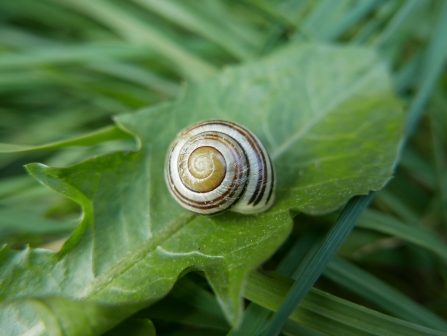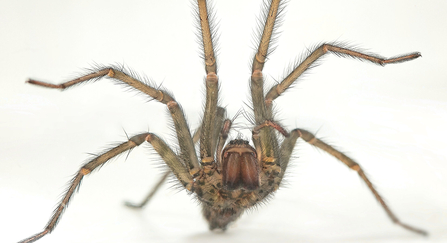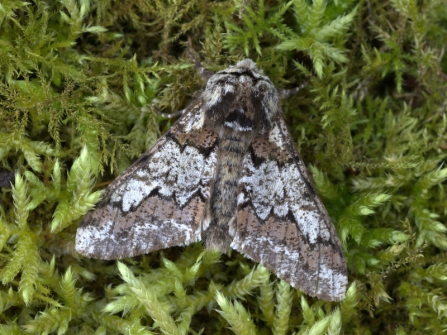Slugs and snails and gardeners’ wails
Slugs are often loathed by green-fingered enthusiasts the world over for chewing unsightly holes in our treasured flowers and shrubs. Their appearance is uninspiring at best and they are largely unwelcome in the immaculate show gardens that many of us know and love.
However, in the nature-centred garden (the kind we prefer here at the Wildlife Trust), slugs and snails are very important and should be tolerated. They are a vital food source for all sorts of birds, mammals and reptiles, and are a part of the natural balance. Leave them be and you may be amazed at the wildlife that follows.




